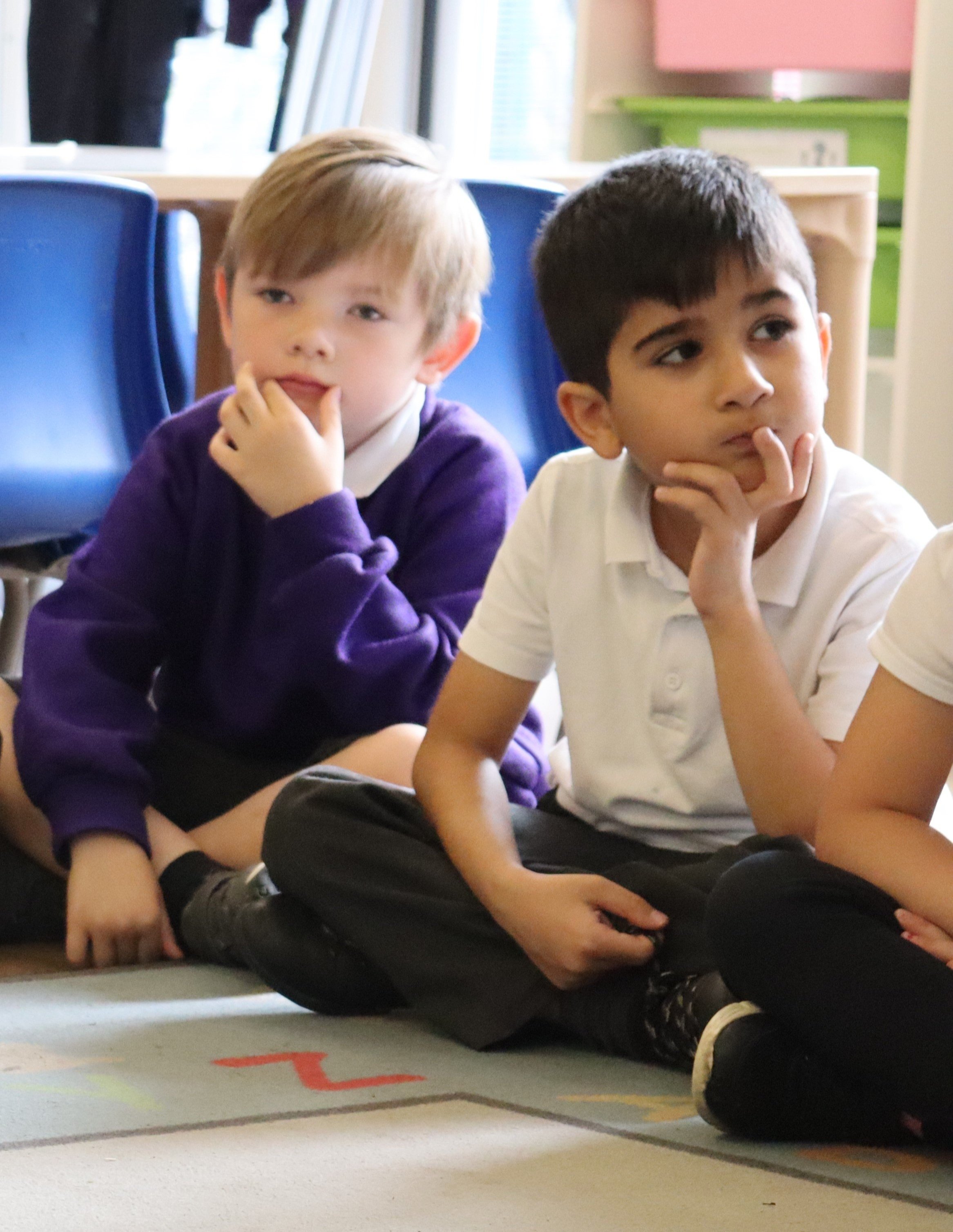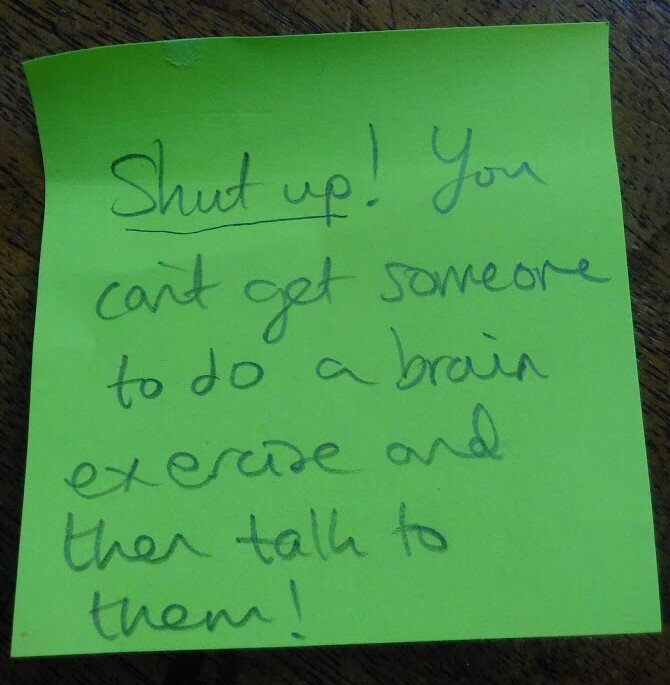
Thinking time benefits everyone, and increases participation in whole-class learning.
But how long it should be?
As with many things, there’s no simple answer – you’ll need to use your professional judgement. Take into account the following, and vary how much thinking time you give:
prior learning, and how recently your students last encountered the content
question type
type of response required
age.
I recommend a minimum of three seconds.
(More on this, and many other oracy topics, in my new book Oracy - 100 Ideas for Primary Teachers.)
“When we want a child to initiate talk, or take a turn, we need to wait.”
My top three strategies to make sure every pupil speaks during whole-class learning
Creating the conditions for productive dialogue online, just as we would in the classroom.
Simple-yet-effective techniques to get three year olds talking and keep them focused.
A book which will deepen your understanding of the power of listening.
Examples of what staff decided to do differently, after reading pupil voice about talk in their classrooms.
I’ve noticed it’s useful to provide Pupil Talk Prompts that enable them to ask for thinking time or help.
Lolly sticks are a really simple way to randomly select children, but like anything they need to be used properly.
Over the past few months I’ve been asking teachers whether they think P4C has changed them.
Pupil Voice is an important part of my Talk Audits; here are some recent responses when I asked Key Stage 2 children their opinions about Hands Up…
My provocation at Challenge Partners Conference, Blackpool, October 2016: What is more important: developing curiosity or measurable academic progress?

















